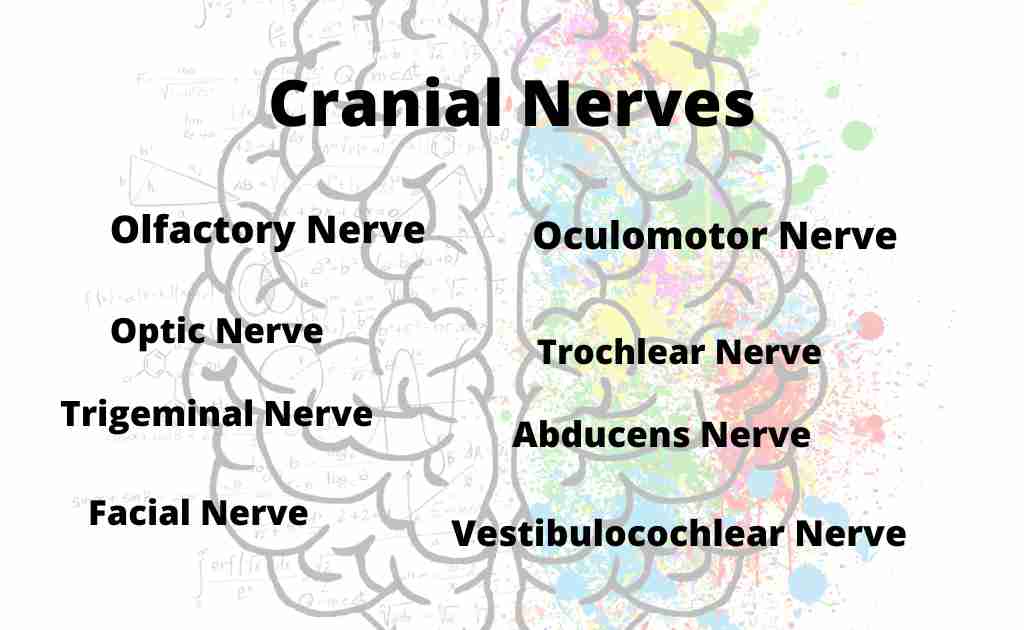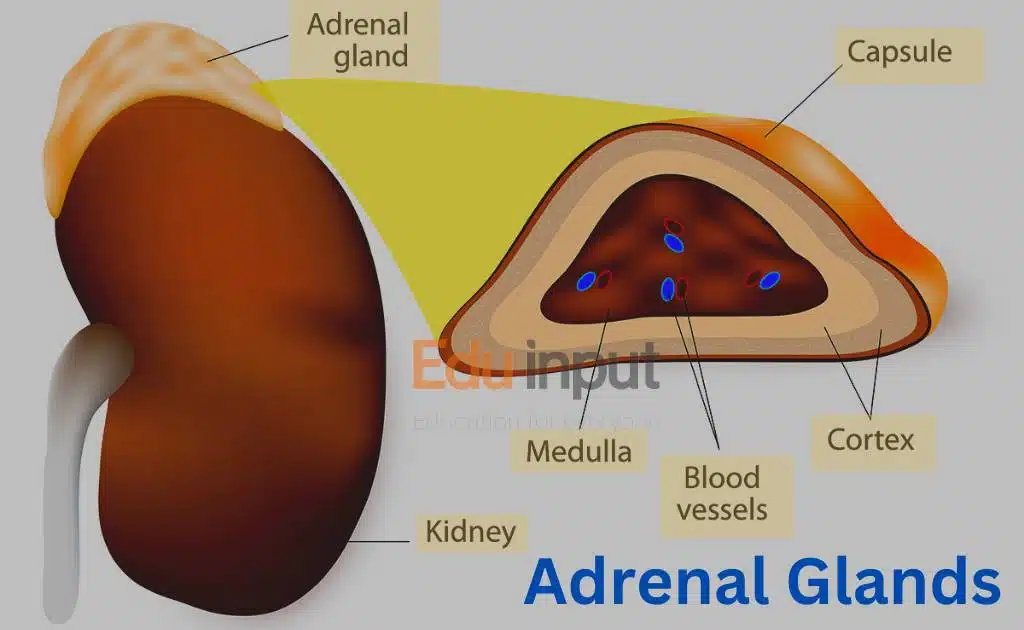What Are Cranial Nerves?-Definition, Location, Types and Functions
Inside the cranium, there are 12 nerves called cranial nerves. Cranial nerves are either made up of motor neurons or sensory neurons, or both. Although they originate in the brain, cranial nerves play an important role in controlling various functions of the head and neck.

The peripheral nervous system of vertebrates is composed of paired cranial nerves and spinal nerves. Reptiles, birds, and mammals have 12 pairs of cranial nerves. Fishes and amphibians have the first 10 pairs.
The peripheral nervous system is responsible for controlling involuntary functions such as breathing, heart rate, digestion, blood pressure, and body temperature.
Peripheral Nervous System
The peripheral nervous system is made up of two divisions: the somatic nervous system and the autonomic nervous system. The somatic nervous system controls muscle movement that’s under your conscious control (voluntary action), like waving hello. In contrast, the autonomic nervous system oversees all the systems in your body that work automatically, like digesting food or keeping your heart rate stable.
Location Of The Cranial Nerves
Cranial nerves are located within the skull and connect the brain to various parts of the body. There are 12 pairs of cranial nerves, and each pair controls specific functions. For example, the optic nerve carries visual information from the eye to the brain.
Types of Cranial Nerves
There are 12 types of nerves present in cramium.
Olfactory Nerve
The first is the olfactory nerve, which allows for your sense of smell.
Optic Nerve
The optic nerve governs eyesight.
Oculomotor Nerve
The oculomotor nerve plays a vital role in controlling pupil response and other motions of the eye. It branches out from the area in the brainstem where the midbrain meets the pons.
By working with other specialists, product managers can help ensure that all key decisions are made quickly and efficiently.
Trochlear Nerve
The trochlear nerve controls muscles in the eye. It originates from the back of the midbrain part of the brainstem.
Trigeminal Nerve
The trigeminal nerve is one of the cranial nerves, responsible for both sensory and motor functions. It conveys information from the scalp, teeth, jaw, sinuses, mouth, and face to the brain. Additionally, it allows the function of chewing muscles.
Abducens Nerve
The abducens nerve is responsible for the muscles that help you move your eye.
Facial Nerve
The facial nerve supports face movement, taste, glandular and other functions.
Vestibulocochlear Nerve
The vestibulocochlear nerve helps in keeping balance and hearing.
Glossopharyngeal Nerve
The glossopharyngeal nerve allows taste, ear and throat movement, and has many more functions.
Vagus Nerve
The vagus nerve allows sensation around the ear and the digestive system and controls motor activity in the heart, throat, and digestive system.
Accessory Nerve
The accessory nerve plays an important role in the function of specific muscles in the head, neck, and shoulder. Through a process of electrical stimulation, the accessory nerve allows these muscles to carry out their essential functions.
Hypoglossal Nerve
The hypoglossal nerve supplies motor activity to the tongue.
The first two nerves originate in the cerebrum, and the remaining 10 cranial nerves emerge from the brainstem, which has three parts: the midbrain, the pons, and the medulla.






Leave a Reply